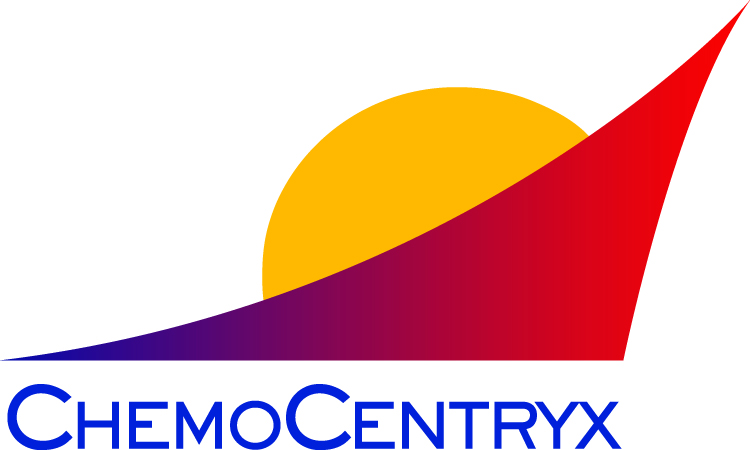Heavy Traffic: Targeting Diseases through Chemokine Receptor Antagonism
Wednesday April 28, 2021
10:00 am
-
11:30 am
Eastern Time (ET)
View session on the EB Virtual Platform (EB registration required)
BEH
MP
NEU
Chair :
 Stephanie Davis
Stephanie Davis
National Institutes of Health
 Sudarshan Rajagopal
Sudarshan Rajagopal
Duke University
Sponsored by Chemocentryx
Chemotactic cytokine (chemokine) receptors are G protein-coupled
receptors best known for their role in promoting cell migration by
responding to chemokines produced at sites of infection. Although the
chemokine/receptor axis is important for normal immune function and
wound healing, abnormal chemokine signaling is associated with numerous
inflammatory diseases. This symposium will show how understanding the
function and signaling pathways activated by chemokine receptors in
order to develop better strategies for treating conditions such as
cancer, HIV infection, Parkinson's Disease, cardiovascular disease, and
COVID-19.
Sponsored by

Speakers
John Tesmer
- Purdue University
Structure and Signaling Mechanisms of G Protein-Coupled vs. Atypical Chemokine Receptors
Most chemokine receptors are G Protein-Coupled Receptors (GPCRs), and are best known for their role in controlling cell migration in the context of immune system function. However, other so-called "Atypical Chemokine Receptors" do not couple to G proteins or directly promote cell migration, but rather carry out other functions like chemokine scavenging that indirectly regulate cell migration. In this presentation, structural, signaling and trafficking mechanisms that control chemokine scavenging will be discussed.
Sudarshan Rajagopal
- Duke University
Biasing CXCR3 to Modulate the Inflammatory Response
The chemokine receptor CXCR3 plays a central role in inflammation by mediating T cell migration; however, drugs targeting CXCR3 and other chemokine receptors have largely been ineffective in treating inflammation. This study demonstrates that biased agonists of CXCR3 produce distinct physiological effects, suggesting discrete roles for different endogenous CXCR3 ligands and providing evidence that biased signaling can affect the clinical utility of drugs targeting chemokine receptors.
S. Sakura Minami
- Alkahest
A Small Molecule Antagonist of CCR3 for the Treatment of Age-related Disorders of the Nervous System
We have identified the chemokine eotaxin as a driver of aging, and demonstrate that inhibiting its receptor CCR3 in the periphery has beneficial effects on neuroinflammation and cognitive and motor function in aging as well as in mouse models of Parkinson’s disease.
Mihalis Lionakis
- NIAID
Inhibition of Bruton’s Tyrosine Kinase in Patients with COVID-19
This talk with discuss the clinical experience with the use of BTK inhibition to ameliorate the hyper-inflammatory hypoxemic phase of COVID-19. In addition, the talk will present the scientific rationale and associated experimental data related to how BTK inhibition curtails innate immune hyper-activation during COVID-19.
Mostafa Khater
- Medical College of Georgia - Augusta University
G protein βγ Translocation to the Golgi Activates the Mitogen-activated Protein Kinases via Phosphoinositide 3-kinase γ
Activation of G protein-coupled receptors (GPCRs) at the plasma membrane (PM) induces the translocation of G protein βγ dimers to the Golgi apparatus (GA), the functional significance of which is largely unknown. Here we show that Gβγ dimers containing Gγ9 robustly translocate from the PM to the GA after CXCR4 activation by SDF1α. Our data demonstrate a novel function for Gβγ translocation to the GA, via activating p110γ-p101 heterodimers, to spatiotemporally regulate MAPK activation by GPCRs and ultimately control tumor progression.
Desislava Nesheva
- University of Nottingham
Using NanoBit Complementation and TR FRET to Study the Mechanism of Action of Small-molecule Modulators of CXCR2
CXCR2 has been targeted for the treatment of cancer and inflammatory conditions through the development of small-molecule negative allosteric modulators (NAMs) which bind intracellularly, competing for the site of G protein C helix interaction. Here we compared the effects of a range of structurally distinct NAMs on the activation of CXCR2 in real-time using split luciferase complementation assay (NanoBit, Promega), as well as on the binding kinetics of fluorescent CXCL8 via time-resolved Förster resonance energy transfer (TR-FRET). We aimed at contributing to the understanding of the mechanism of action of these NAMs, which have so far failed in clinical trials due to issues with efficacy or unwanted effects.